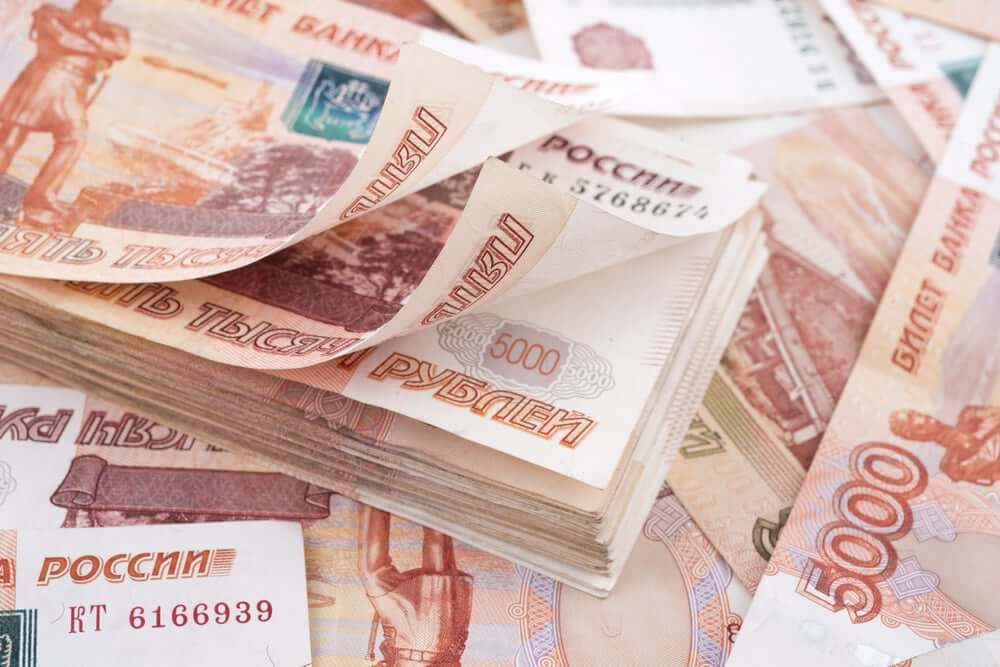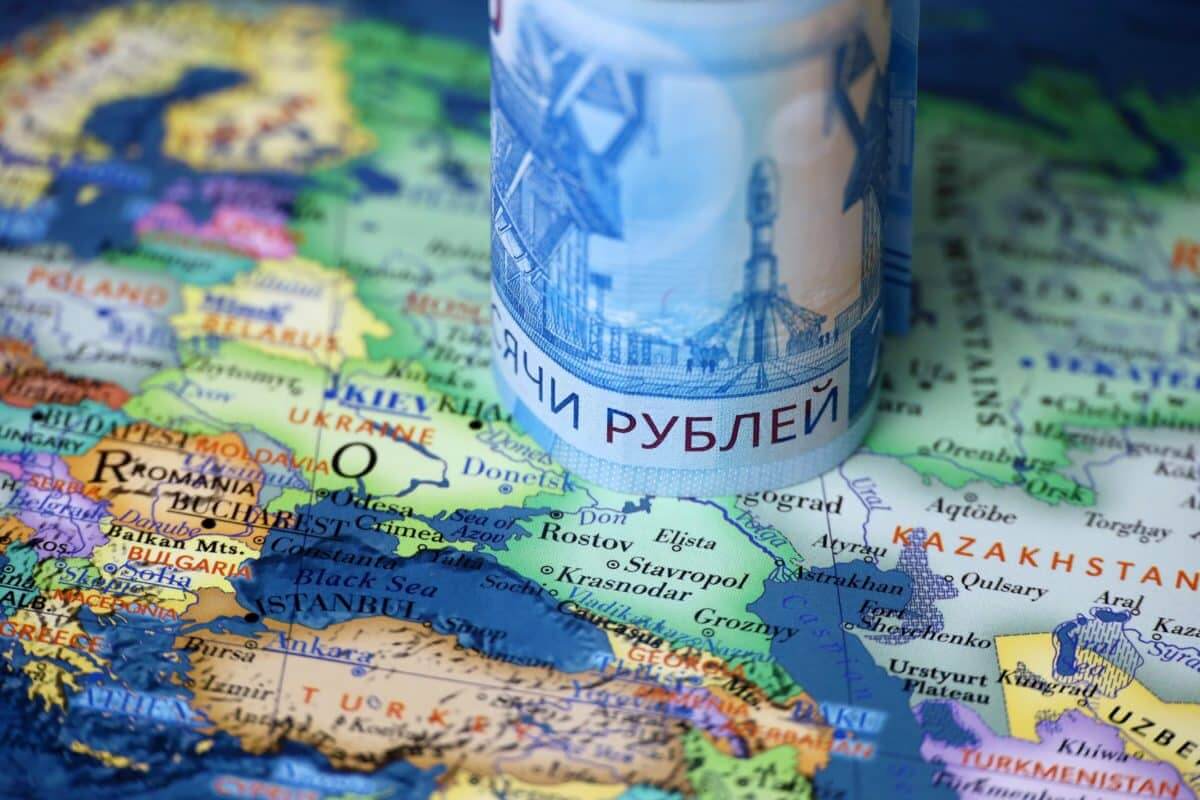
Is It a Good Time to Buy Russian Rubles?
The Russian ruble, often a subject of intrigue in the global financial markets, has recently made headlines for its rollercoaster ride. It weakened beyond a symbolic threshold of 100 to the US dollar, sending shockwaves through the economic landscape. We will delve into the factors contributing to the ruble’s fluctuations and explore whether it’s the opportune moment to buy Russian rubles.
The Ruble’s Rocky Road
The Russian ruble’s recent descent into triple figures against the dollar raised eyebrows, reminiscent of a similar episode in August. Back then, the Bank of Russia responded with an emergency interest rate hike of 350 basis points to 12%, a drastic measure to curb the ruble’s freefall. The central bank attributed the ruble’s woes to “loose monetary policy.”
The central bank didn’t stop there. In September, they decided to increase the key rate by another percentage point to 13%, citing persistent inflationary pressures in Russia’s economy. The inflation rate, as of September 11, soared to 5.5%, a sharp rise from 4.3% in July. The central bank quickly connected this inflationary spike to the “pass-through of the ruble weakening to prices.”
While some Kremlin officials pointed fingers at loose monetary policy, the central bank argued that the root cause lay in the sharp decline of the country’s current account surplus. According to the Bank of Russia’s September report, the current account surplus between January and August plummeted by a staggering 86% year-on-year, from $184.8 billion in 2022 to $25.6 billion in 2023. The trade balance fared no better, falling by 68.3%, or $156.7 billion, over the same period.
Ruble to Pound and Ruble to Euro
The ruble’s decline has not been limited to its relationship with the US dollar.
The currency showed a modest increase, rising by 0.26% to reach a trading rate of 106.65 against the euro. Conversely, it experienced a slight decline, dropping by 0.28% against the yuan to settle at 13.65.
For those considering international transactions or investments involving Russia, assessing these exchange rates carefully is crucial. The ruble sign may represent an attractive investment opportunity for some, but weighing the potential risks and rewards is equally important. The Russian ruble has faced a tumultuous journey since Russia’s invasion of Ukraine in February 2022. Initially, it suffered a severe setback, plummeting to an all-time low of 120 against the US dollar in March 2022. However, it swiftly rebounded a few months later, reaching a seven-year high.
A Closer Look at Factors and Considerations
The Russian ruble’s recent weakening has raised questions and concerns across the financial world. While the central bank has taken decisive measures to combat inflation and stabilise the currency, the underlying issues related to Russia’s current account surplus remain a significant challenge.
For those contemplating whether to buy Russian rubles, it’s essential to analyse the broader economic context and consider the impact of the ruble’s fluctuations on various currency pairs, including ruble to pound and ruble to euro rates. While the ruble’s journey continues, it may not be the most opportune time for such an investment, given the current economic dynamics.



